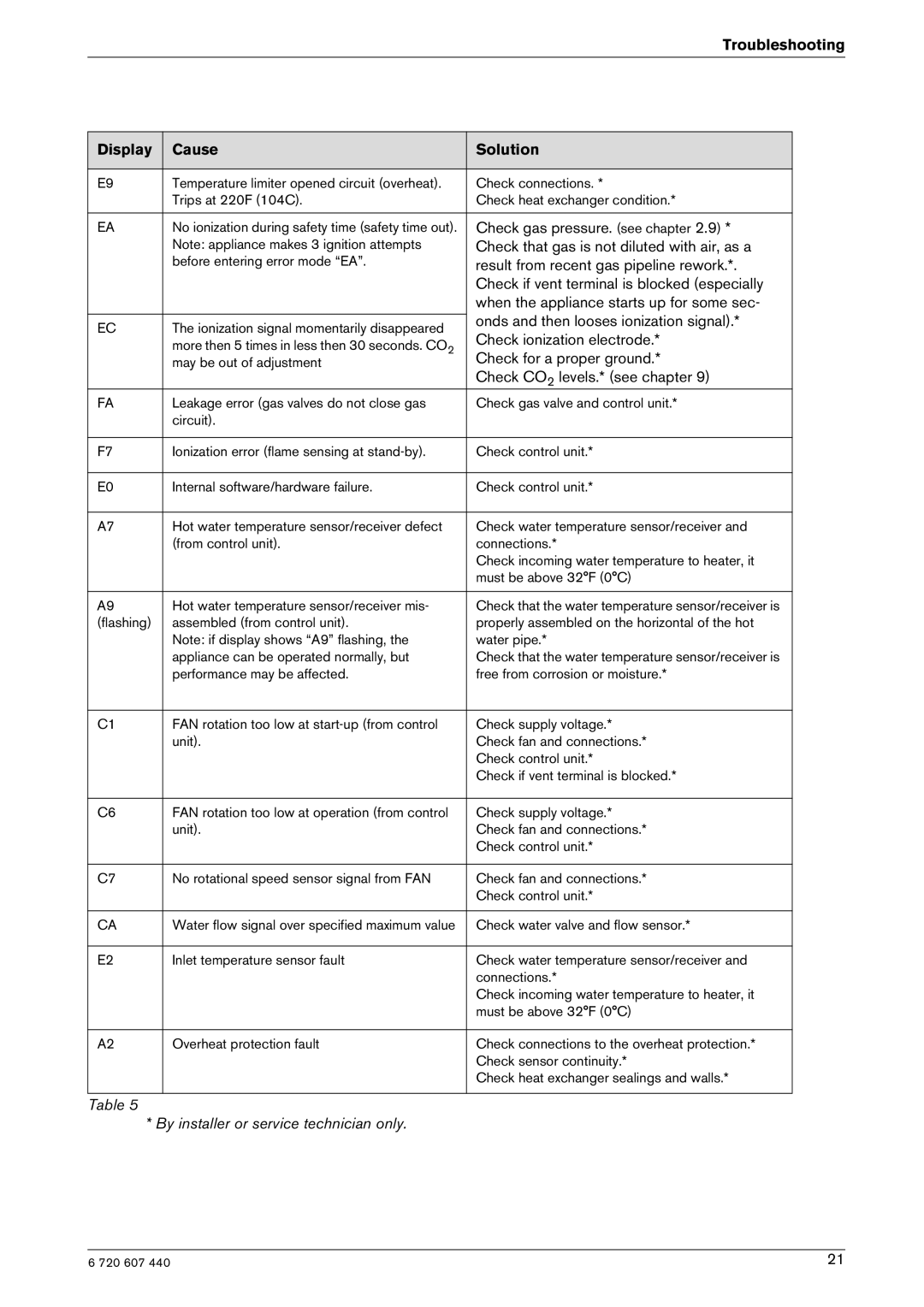250 SXO LP, 250 SXO NG specifications
Bosch Appliances has long been a trusted name in home appliances, and its 250 SXO NG and 250 SXO LP models are no exceptions. Designed with both innovation and user convenience in mind, these cooking appliances cater to a variety of culinary needs while ensuring high efficiency and performance.The Bosch 250 SXO NG and 250 SXO LP are built to provide optimal cooking experiences. One of their main features is the powerful BTU output, which allows for efficient and even cooking across all burner configurations. This enables users to achieve restaurant-quality results right in their kitchen.
These models are equipped with precision flame control, which means that users can easily adjust the heat for delicate dishes or higher temperatures for rapid boiling. Such flexibility is essential for those who enjoy experimenting in the kitchen. Additionally, the 250 SXO LP and NG models come equipped with sealed burners that effectively contain spills and make cleaning a breeze.
Another highlight of these Bosch appliances is their consistent ignition system, designed to deliver reliable starts every time. This feature eliminates the frustration often associated with lighting gas-powered cooktops. The integrated safety measures further enhance peace of mind; with flame supervision devices to shut off the gas supply if the flame goes out, these appliances provide an added layer of security for users.
The Bosch 250 SXO models shine in design as well. Crafted with sleek stainless steel, they are not only reliable but also add a touch of modern elegance to any kitchen. The intuitive controls are user-friendly, allowing cooks of all skill levels to operate the appliance with ease.
Moreover, both models offer compatibility with a variety of cookware, making them suitable for everything from small saucepans to large stockpots. Energy efficiency is also a primary consideration, as these appliances are designed to minimize energy consumption without compromising on performance.
In summary, the Bosch Appliances 250 SXO NG and 250 SXO LP are exemplary cooking appliances that combine powerful performance with sophisticated design. With their advanced technologies and user-centric features, they stand out as reliable options for anyone looking to elevate their culinary adventures.
